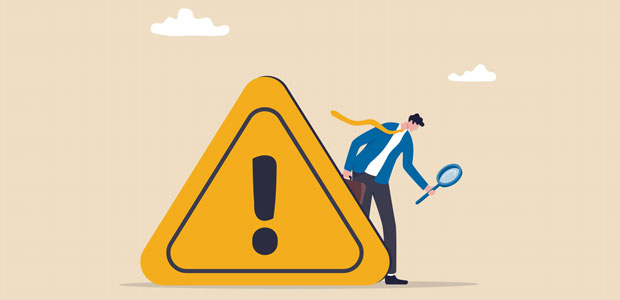
How to properly manage employee hazards in the workplace?
Employers have a legal responsibility to take care of their employees and to make everyone aware of how to handle potential hazards in the workplace. Apart from these legal reasons, they also have a moral responsibility with their employees and with society at large to guarantee the health and safety of the collective.
Companies, employers and managers should not see hazard management as a chore, but as a duty towards their workers. This guide will explain how to identify hazards, prevent any injury or harm occurring and how to eliminate these threats.
Managing and preventing workplace hazards
Training
It’s important that everyone in the workplace knows how to deal with potential hazards safely. As an employer, you must provide adequate training to your staff.
New starters need to be made aware of the nearest fire exits and what to do in case of evacuation, as well as knowing where the first aid box is located. Basic induction training will be required, whether it’s a new member of staff or an employee moving departments.
More training may be needed in certain industries compared to others. For example, construction companies will have a legal obligation to deliver extensive training on various machines and how to safely lift equipment.
Also, make sure to offer additional safety training throughout the year even if it’s not a legal requirement. This will not only benefit your employees, but the business as a whole; employees that feel protected by their employer perform better, not to mention that any accidents in the workplace could really affect production and deadlines.
PPE
Employers must provide the necessary personal protective equipment (PPE) so their employees can carry out their job roles without risking their health and safety.
Work gloves from suppliers such as RS are ideal for protecting hands in the workplace, and are an essential piece of protective equipment that must be considered across a wide range of industries. Wearing suitable gloves and protecting your hands is an important requirement of PPE standards.
Safety helmets and eye protection are also vital to prevent any exposure to potential hazards, such as falling objects or any grit and dust flying around.
Different types of PPE are often used in different industries. Both employers and employees should be aware of which types are most suitable for the job being performed, and employers should always try to provide the highest-quality PPE the company can afford.
Conduct a safety audit
Safety audits are imperative to keeping your employees out of danger, helping you to identify any health and safety issues that may be prevalent around the workplace.
These audits can help you to avoid any legal risks whilst improving efficiency of your staff, allowing them to get the job done safely and securely.
Appoint a health and safety manager
Having a health and safety manager at your workplace ensures that the running of your operations is in line with health and safety regulations.
They are a first point of contact to prevent any accidents, injuries or work-related illnesses, and you must report to them if you spot a hazard around the office or on site. A Health and Safety officer/manager should be a competent person, with the necessary preparation to ensure the wellbeing of the employees they manage.
Maintain equipment properly
All of your equipment should be safe to use at any given time. If your equipment is not properly maintained, it could easily break and cause damage to the person using it.
Equipment should be in efficient order and you should keep a log book to record when the equipment was last serviced.

